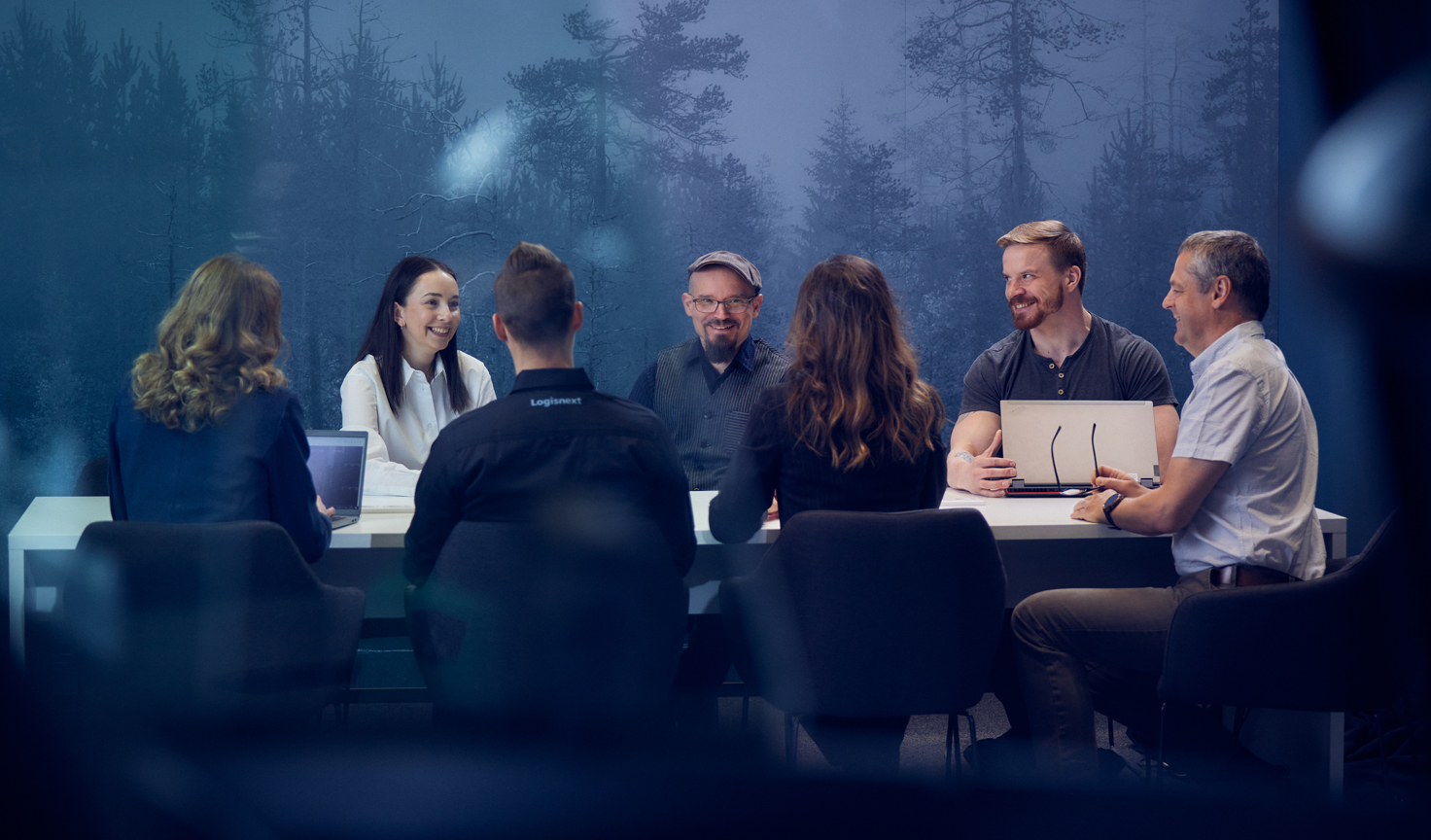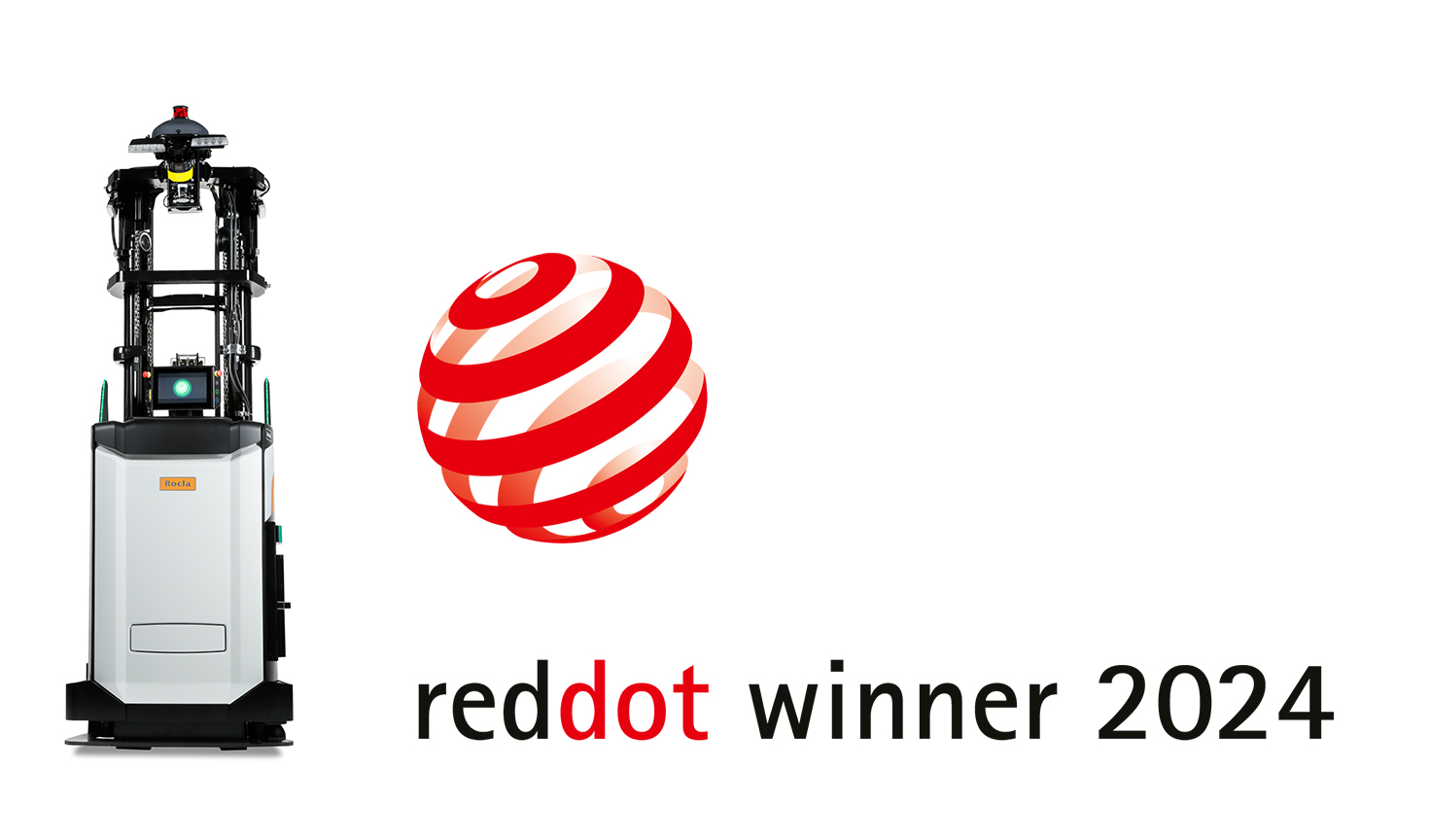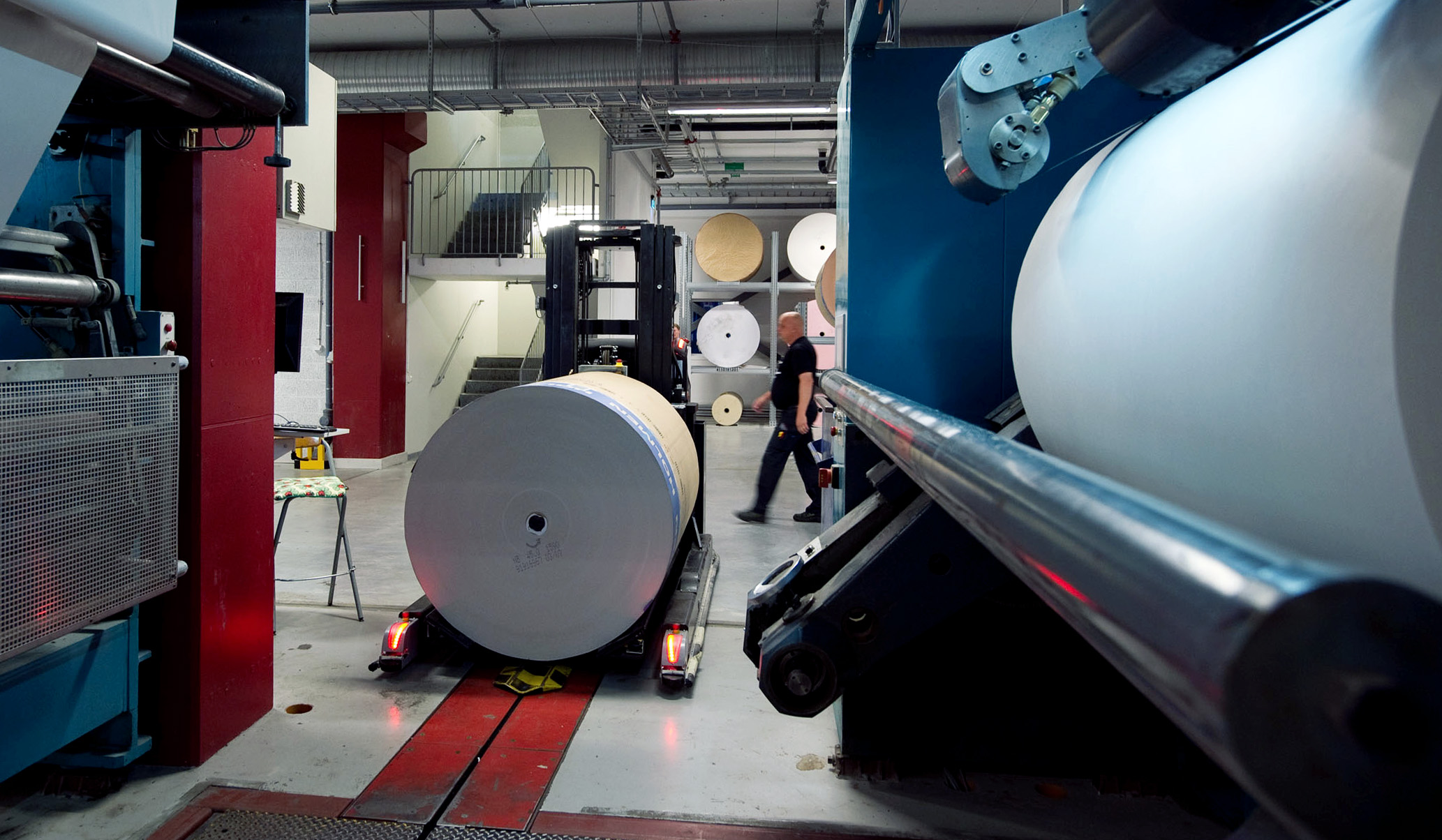Treasuring customer insights in intralogistics automation
Blog post by Janne Romppainen and Jukka-Pekka Erlund
Throughout the years, our company has been recognised with several design awards, such as iF and Red Dot, for stellar industrial design and user experience of forklift trucks and automated guided vehicles. Fuelled by the same passion for great design and user experience, this article shares a glimpse of how we approach the design of digital products that bring our AGV solutions together.

Mixed fleet – teaming humans and robots
The need for automation has strongly emerged in recent years in several industries, including intralogistics. One common goal is to combine the work tasks of humans and machines by utilising human creativity and reasoning ability with the efficiency and safety of automated robots.
We are developing various mixed fleet concepts for intralogistics to enable the teaming of humans and robots. To succeed in this, we must be able to
- Understand the role of human work and processes among the set of shared tasks
- Create a cooperative fleet of various autonomous robots and optimise it so that they support human processes
- Orchestrate the work of robots and humans so that they are capable of working in an optimal way as a team
Increased human-robot interaction
Teaming humans and robots increases the daily situations where these two interact. The interaction is no longer just about humans tolerating or coping with robots, nor just about operating in separated or shared spaces. It is also about collaborating on shared tasks as a team for the common goal. The collaboration raises the need to pay extra attention to human-robot interaction (HRI) when designing vehicles and software for shared intralogistics applications.
Aspects such as safety, fit to the human environment, functionality, and communication all affect how easy, predictable, and understandable the robots are for humans to interact with.
Also, things like labour turnover and limited training times in warehouses demand the technology to be as easy to use and interpret as possible without the need for extensive induction into the topic.
From user experience towards holistic customer experience
We, as designers, position ourselves between our customers, internal business stakeholders, and developers. Traditionally, one of our main jobs has been designing user interfaces for our digital products.
Within the past couple of years, the focus of design as a whole has shifted from this operational design towards a more holistic approach covering broader aspects of user and customer experience. Therefore, our job is to find out customer and user needs, formulate them into tangible requirements that can be shared and agreed upon with internal business stakeholders, and communicate them comprehensibly to software developers.
To support this, we have initiated operative user interface design capabilities for development teams. This is possible, for example, by utilising a design system for our digital products. Together with the developers, we have also initiated a component library-based front-end development practice that not only speeds up the development but also helps the development teams increase consistency in front-end code.
All this enables us, the product designers, to put more focus on strategic research and design activities such as conducting industry studies, discovering customer needs, participating stakeholders, and gaining market insights, to name a few.
More emphasis on customer and user needs
Increased human-robot interaction in mixed fleet solutions requires focusing on the role of humans in it. Customer insights and user needs help us to, for instance:
- Build up mutual understanding between parties of what we are about to build by creating initial concept designs
- Clarify customer needs to our internal stakeholders by providing real-life examples and first-hand feedback
- Give context for developers by providing background information and concrete examples
- Validate our assumptions during the design process by usability testing early versions and prototypes
We constantly involve our customers, partners, industry experts and other significant operators of the intralogistics industry in our research and development. We regularly conduct and facilitate both internal and external workshops on various topics, as well as utilise in-depth information from stakeholder and user interviews from our studies.
As an example, during the past couple of years, we have conducted
- Five comprehensive studies
- 15+ customer site visits around Europe
- 55+ individual interviews
- 20+ usability tests, and
- 25+ workshops with over 100 participants in total
As an outcome of these studies, we have created internal and external reports, new product concepts, and designs. Studies have also enabled us to validate ideas and concepts and make informed decisions about whether a new idea is worth further development.
What are the benefits?
Involving customers and other industry experts in our product development has mutual benefits for all parties:
| Customer centricity | Shared industry knowledge | Doing the right things | Doing things right | Stronger business relationships |
| Our customers and cooperative companies can share their needs and practical pain points directly with our development organisation. At the same time, this helps us deliver solutions that bring them the most value. | Companies participating in our studies obtain knowledge about the status and practices of their peers and first-hand future insights about automated solutions. | We, as a solution provider, obtain insights that we can use to create new product concepts, gain a shared understanding, and prioritise user needs with product management and software development. | As a solution provider, we can validate our interaction and user interface designs through user research and usability testing in real contexts with the actual users of our products at our customers. | Regular cooperation enables closer and more confidential business relationships. It boosts openness and mutual trust in building optimal intralogistics, automatic solutions, and shorter turnarounds in development- and production-related topics. |
Want to know more?
If you would like to know more about our design efforts or are interested in participating in our studies, please use the contact form below to get in touch with us.

About the writers:
Jukka-Pekka Erlund (left) and Janne Romppainen (right) work as senior product designers.
Contact us for more information
Send us a message and we’ll get back to you as soon as possible.
Contact forms
Form for contacting contacts
"*" indicates required fields

